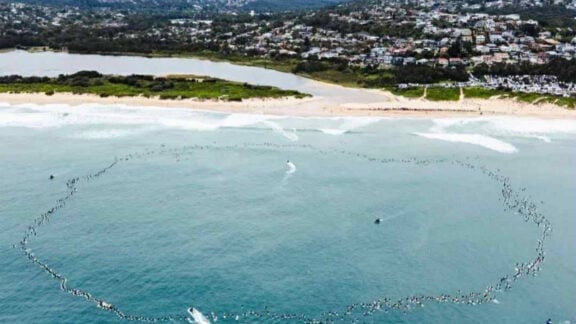The Australian economy continues to limp along despite a pause in rate rises and a strong labour market.
The latest Westpac-Melbourne Institute Leading Index of Economic Activity, released on Wednesday, showed growth lifting slightly to -0.6 per cent in July from -0.67 per cent in June.
The 12th month of negative results in the index is the longest run in seven years.
“The economy continues to see an extended period of weakness,” Westpac senior economist Matthew Hassan said.
“Despite a slight improvement in the July month, the Leading Index growth rate remains firmly in negative territory.”
The bank expects GDP growth to slow to one per cent this year, lifting to 1.4 per cent in 2024 – most of that coming towards the end of the year.
“Such a period of weak output growth should assist inflation to fall further and to eventually return to be within the RBA’s target band.”
Mr Hassan said he expected the Reserve Bank board to keep rates on hold at 4.1 per cent at its September meeting.
The Reserve Bank said in its latest board meeting minutes on Tuesday while the official jobless rate remained around 3.5 per cent, there were some signs “the labour market was at a turning point”.
The board noted a small rise in the underemployment rate, forecasting the unemployment rate to hit 4.5 per cent by late 2024.
More light will be shed on the jobs turnaround when the latest official labour force data is released on Thursday.
CommSec chief economist Craig James said it appeared the Reserve Bank is now comfortable inflation is heading in the right direction and won’t hike the cash rate beyond the current 4.1 per cent.
A softer than expected labour market could see the RBA starting to cut rates earlier than the first quarter of 2024, he said.
Treasurer Jim Chalmers seized on new wages data which in the June quarter was line-ball with inflation – the first time wages had not retreated in real terms in three years.
The Australian Bureau of Statistics reported wages increased 0.8 per cent in the quarter, and 3.6 per cent annually.
St George economists said they expected wages growth to pick up next quarter as the Fair Work Commission’s 2023-24 award wage decision and updated public sector enterprise bargaining agreements come into effect.
“The RBA will be looking for broader wage pressures that could emerge if the FWC decision were to become the new anchor point for negotiations,” they said in a note on Wednesday.
Source: AAP









